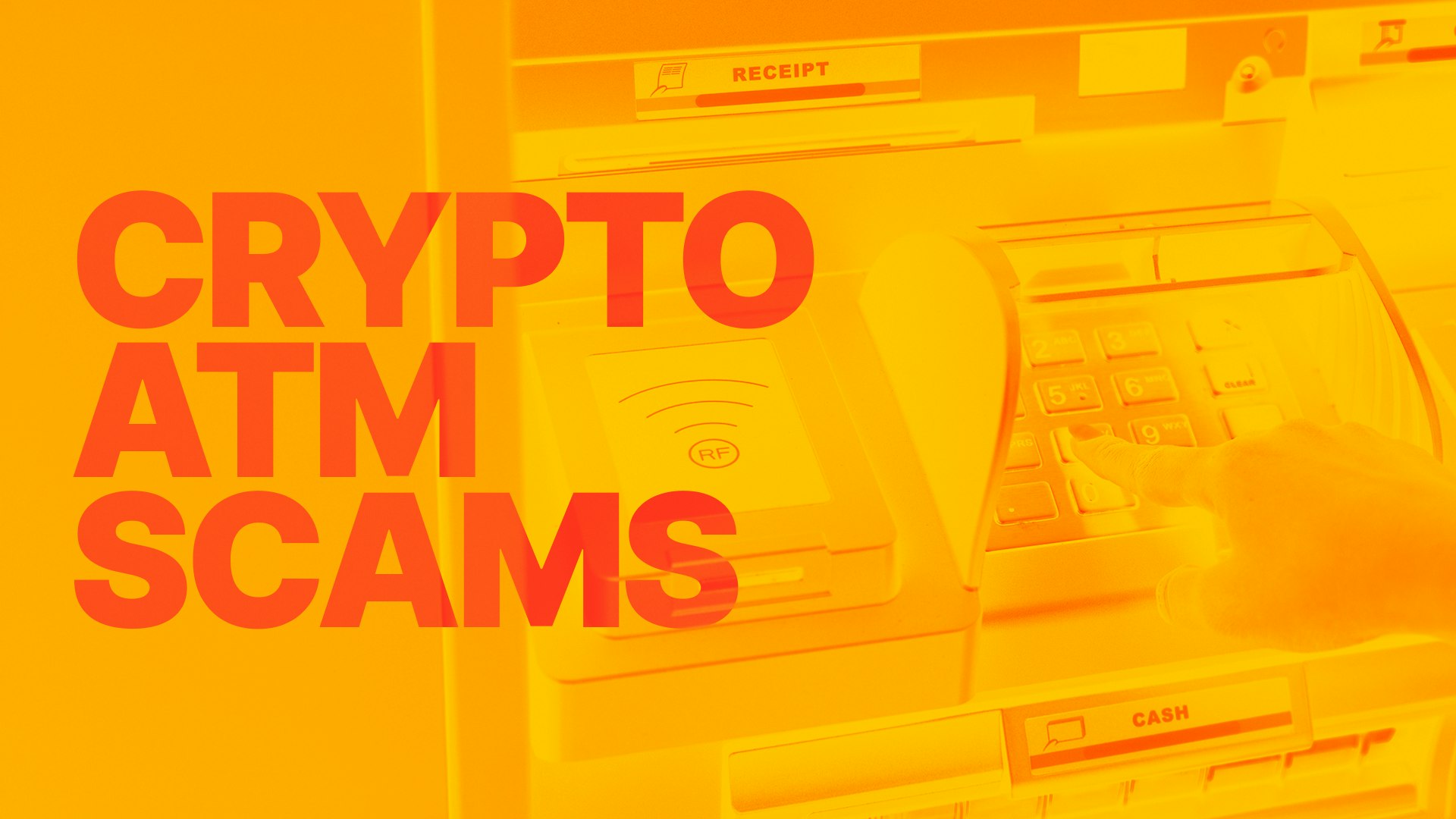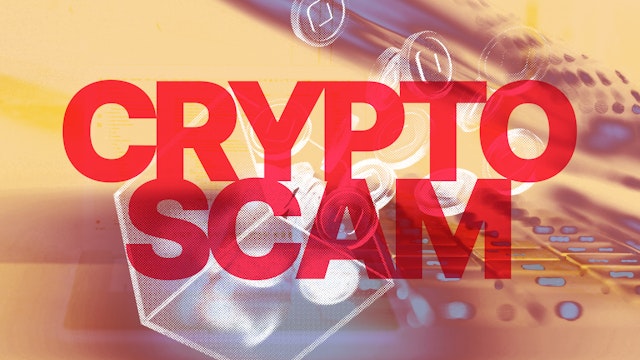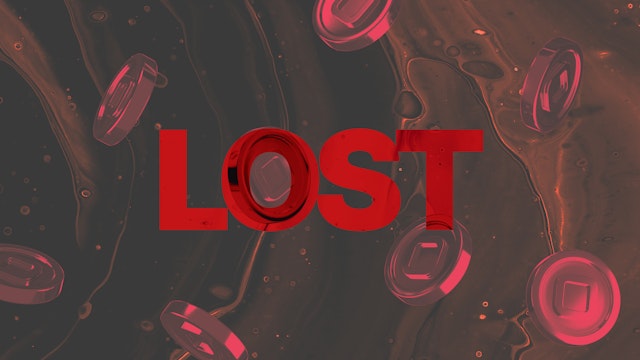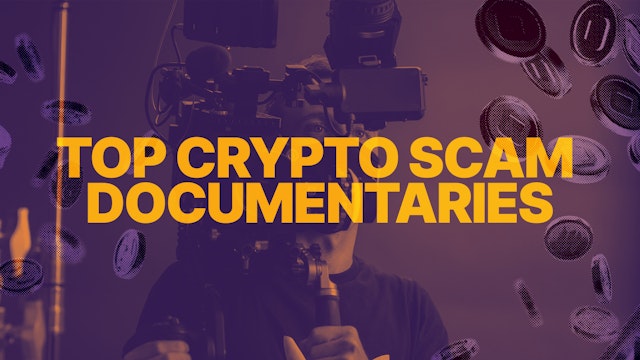Crypto ATMs: How to Protect Yourself from a Growing Scam Risk
The number of victims of crypto ATM scams are on the rise. Here's what to look out for.
In this article...
- Crypto ATMs are being used as part of a high-pressure scam
- This is particularly affected people aged 65+
- Here are some tips on how to avoid these scams

Australia’s cryptocurrency ATM network has exploded in recent years, and so have the scams exploiting them.
What’s happening in Australia right now
Older Australians, in particular, are being targeted by scammers who know exactly how to manipulate and pressure their victims. Victims of crypto ATM scams are often first contacted by phone, email, or social media with offers of investments, jobs, or urgent security alerts.
Scammers quickly move the conversation to encrypted apps like WhatsApp. They then use intimidation, urgency, or emotional manipulation to gain trust.
Victims are instructed to withdraw cash and deposit it into a crypto ATM while receiving step-by-step instructions over the phone. Once converted to cryptocurrency and sent to the scammer’s wallet, the money is almost impossible to recover. This often leaves victims with life-changing losses, from delayed retirements to the sale of assets.
The stats are shocking:
-Australians lost $3 million AUD to crypto ATM-related scams in the past year.
-In Tasmania alone, victims lost $2.5 million, with one scam victim losing $750,000 alone.
-AUSTRAC’s research shows 1 in 10 CATM transactions may be linked to scams or other crimes.
Here’s how the 'Stop. Check. Protect.' approach can help keep you safe.
STOP: Pause Before You Use a Crypto ATM
Scammers want you to act fast, especially when it involves large sums of money. They might call, email, or message you claiming to be from your bank, or a government agency. They might even pretend to be a romantic partner.
Signs you should stop immediately:
-Someone is on the phone telling you exactly what to do at the machine.
-You’ve been told your bank account or crypto exchange account is “compromised” and must transfer funds to “keep them safe.”
-You’re being rushed or threatened.
CHECK: Verify the Story Before Acting
Scammers often impersonate trusted organisations such as banks, crypto exchanges, or government agencies. They can sound very convincing. Before you hand over cash or crypto, check if the request is genuine.
Steps to check:
-Hang up and call the organisation back using official contact details (not the number given by the caller). Don’t just call the real number and hang up, wait to speak to someone.
-If it’s an investment opportunity, research it via official sources, not links sent to you.
-Ask a trusted friend or family member to review what’s happening.
Remember: No legitimate organisation will ask you to deposit money into a crypto ATM for “security” reasons.
PROTECT: Act Fast if Something Feels Wrong
Once cash is turned into cryptocurrency and sent, it’s almost impossible to recover. The faster you act, the better the chance you can limit the damage.
If you’ve been targeted:
-Contact your bank immediately if you’ve made any related withdrawals.
-Report the scam to Scamwatch.gov.au and, for cyber-related scams, to Cyber.gov.au.
-Make a police report – keep as many details as you can.
-Change passwords for any accounts involved in the scam.
-If you’ve given out personal details, contact IDCARE to help secure your identity.
-Seek emotional support from services like Lifeline or Beyond Blue. Many victims face long-term financial and mental health impacts.
The Bigger Picture
Australia now has over 1,500 crypto ATMs, making it the fastest-growing market globally, but this rapid growth brings rapid risk. Other countries have either banned or heavily regulated the use of these machines.
For scammers, these machines offer a way to move money quickly and irreversibly. This is often under the guise of urgent requests, fake investments, or fabricated debts.
Victims are pressured to deposit cash or transfer funds using QR codes, with little time to think or verify the legitimacy of the demand. Once the transaction is completed, recovery is extremely difficult, if not impossible. This is why intervention before the money is sent is critical.
Check in on friends and family, especially those who might be less familiar with cryptocurrency or financial technology. Talk openly about how these scams work, the red flags to watch for, and the importance of pausing before acting on high-pressure instructions.
What’s the best defence?
Remember: Stop. Check. Protect.
Because the moment you deposit cash into a scammer’s crypto wallet, it’s gone.

Suggested Articles

Christmas Scams: Tips to Stay Safe During the Holiday Season
New scams are on the loose. Here's one to be careful of at Christmas time. Read more
Scam Uses Popular Anime Characters to Steal Your Money or Crypto
Have you seen your favourite character in an ad online? It might not be a legitimate use of the image. Here are the red flags to look for.Read more
Top Documentaries To Watch to Increase Scam Awareness
Here are some crypto scam documentaries you need to add to your to-do list. Read moreBrowse by topic
CoinJar’s digital currency exchange services are operated by CoinJar Australia Pty Ltd ACN 648 570 807, a registered digital currency exchange provider with AUSTRAC.
CoinJar Card is a prepaid Mastercard issued by EML Payment Solutions Limited ABN 30 131 436 532 AFSL 404131 pursuant to license by Mastercard. CoinJar Australia Pty Ltd is an authorised representative of EML Payment Solutions Limited (AR No 1290193). We recommend you consider the Product Disclosure Statement and Target Market Determination before making any decision to acquire the product. Mastercard and the circles design are registered trademarks of Mastercard International Incorporated.
Google Pay is a trademark of Google LLC. Apple Pay is a trademark of Apple Inc.
This site is protected by reCAPTCHA and the Google Privacy Policy and Terms of Service apply.

